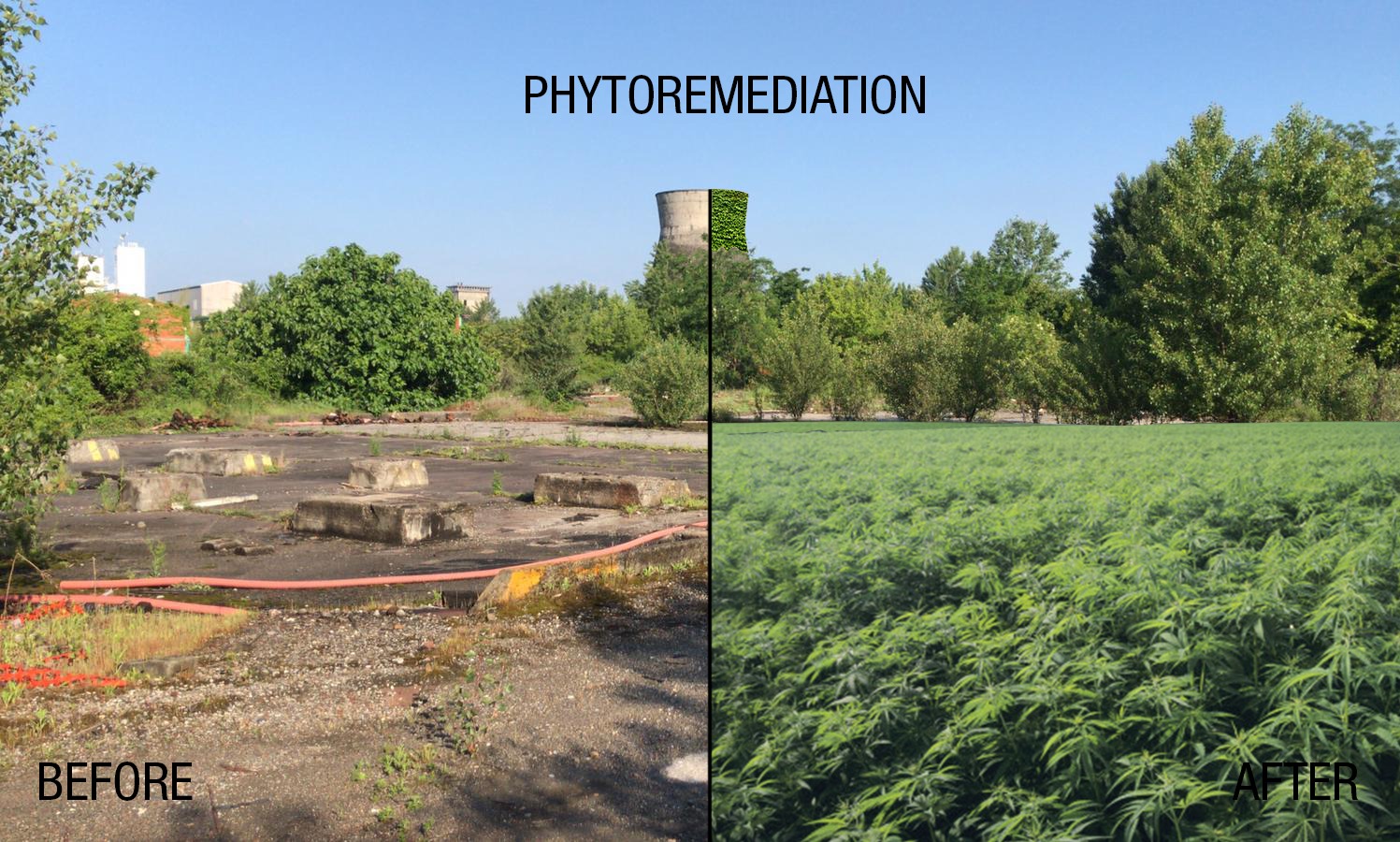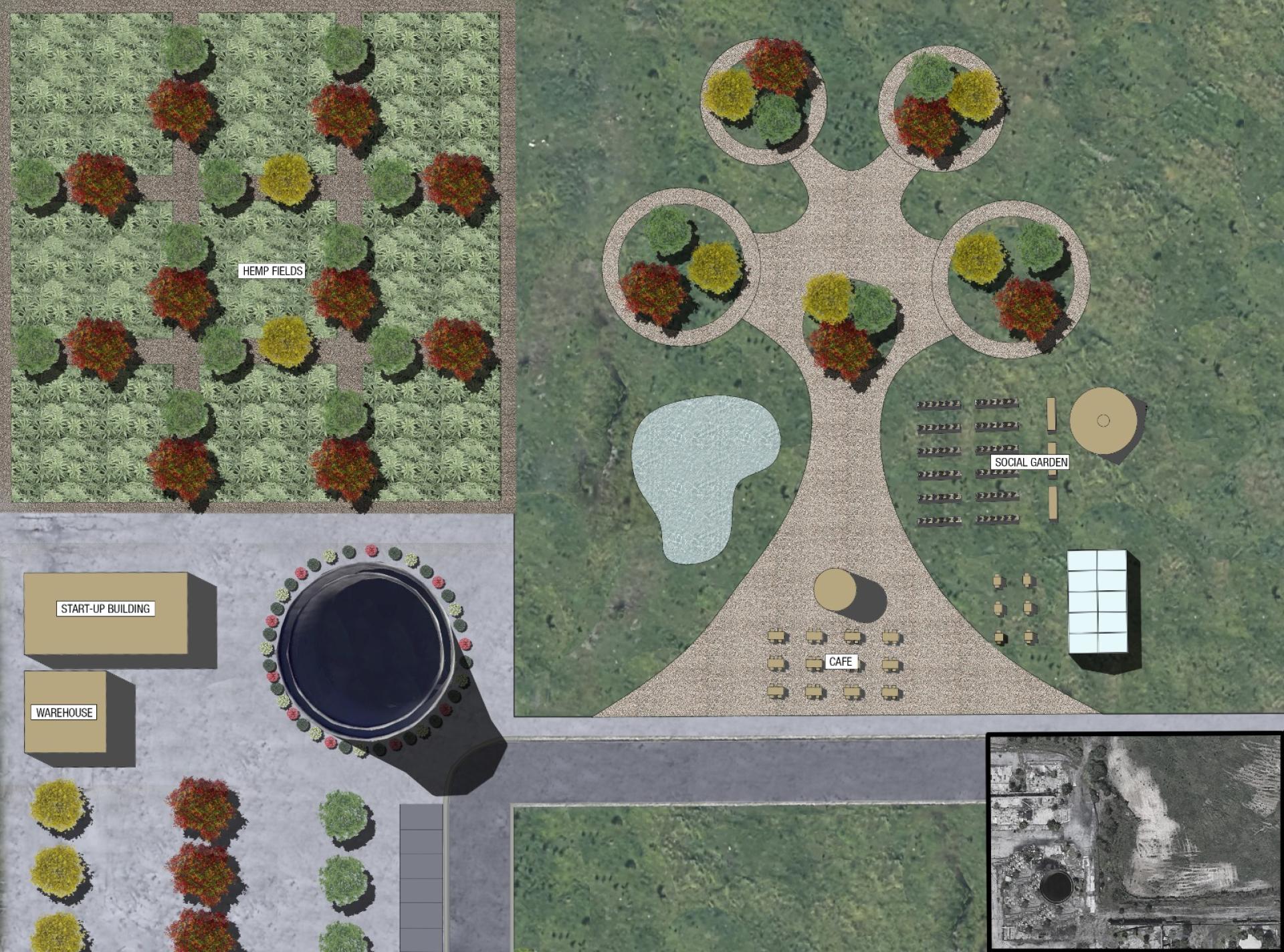RiqualifiCanapa
Basic information
Project Title
Full project title
Category
Project Description
RiqualifiCanapa by the union of two words: Riqualificare(retrain) and Canapa(Hemp) is a project that arises from the environmental, aesthetic, and social need to redevelop the most deteriorated areas with one of the most used and yet versatile plants in the world: hemp. We want to use hemp to bring wastelands back to health and benefit the community. In line with the EU Green Deal, we want to be actively involved in making EU climate neutral by 2050 by sowing the seeds of a thriving green future
Geographical Scope
Project Region
Urban or rural issues
Physical or other transformations
EU Programme or fund
Which funds
Description of the project
Summary
In Italy, there are over 50 seriously polluted sites. It is not possible to stand still without trying to make a step. Riqualificanapa ,our "step",borns from a group of young people inspired by nature and its logic with the desire to commit themselves to help people and the environment, with the care for their territory; since that territory is home.We ideated it to make our territory a better place to live and look, using hemp and ecological corridors
to rephrase the landscape, generating green art from sowing and projection.Land art is an artistic approach to nature, without practical purpose; We want to do more. As Bauhaus has been a breaking movement in architecture, arts, and design; We want to be the same for the environment and living beings. Our concept combines a living nature within art, which moves, changes, and develops with us. We want to create works that amaze the eyes, and at the same time improve the environment and health, especially of those who live nearby and allow the young people of the future a chance to get involved like us. Collaboration with universities and students is essential.We develop tailor-made works for each area aided by the hands of the future itself, giving it a greener future.
We propose new green areas, parks, woods, relaunching a supply chain lost in prohibition: Hemp and its 50,000 uses. The complementarity of the whole is what gives us strength.
The goal of a system in which the social and environmental circles are satisfied simultaneously realizing the Doughnut Economics. By assisting different purifying cultures, with the minimum anthropic impact and precise
sowing programs, we will be able to develop green art. We dream about a child laughing with their parents from an airplane window while reading what we have created from the rubble. Long green fields, corridors of trees and shrubs, grass roads, and new paths lead us to the future by passing through old cobbles. That is what we are.
Key objectives for sustainability
The key objectives are several and depend on the development as well as potential of each area. To start with, a significant focus is placed on generating a phytoremediation process and a circular economy from cannabis. Through the chemical and morphological analysis of the soil, and field experimentation, we can identify the most suitable variety of cannabis. Why cannabis? Hemp is a hyperaccumulator meaning that it can absorb unusually large amounts of metal in comparison to other plants.
Hyperaccumulators are often discovered as being selected to grow at a site based on the metals or salts naturally present. In our model we want to combine phytoremediation with an overused crop of commercial interest with the aim to achieve low price soil’s decontamination through the production of a commercially usable resource, namely hemp. Moreover, for this reason, we would like to choose Cannabis sativa L. due to its long-standing history (used by man for over 5000 years) and polyfunctionality. Additionally, if the contaminant concentration found within each plant exceeds regulatory limits, the crop generated by the above mentioned process can be eventually treated as a hazardous waste.
Nonetheless, we want to maintain the limits in cannabis of metal concentration according to its final use so we can use it in processes like biogas production from lignin-cellulosic material as well as in the lime-hemp compound. Last but not least, our final objective is a process of sustainable sanitation through cannabis. The process of phytoremediation require some years but the environmental impact it's extremely positive as it contributes to the C02 fixation with 15 tons per year for one hectare of land, promotes biodiversity, improves the morphological structure of the soil and has a positive impact on public health. Moreover, cannabis offers a large amount of cheap raw materials as a byproduct to be used in a new eco-cyclical production process.
Key objectives for aesthetics and quality
Starting from degraded and polluted land, we will begin with some preliminary analysis to assess the existing structures of the environment, state of pollution, the dimensions and boundaries of the land, the communication routes (railways, roads, nearby airports, etc.), the position and, last but not least, the future of the site in question.
Once the data are collected and processed, the project will dive into two
important aesthetic purposes:
-Macroscopic: from the first cultural cycle we will exploit the position and communication routes of the land to "advertise", imagining and creating an arrangement of cultures and ecological corridors between them (and the consequent and variable colors) in order to launch a message using logos, agriglyphs or words.
By combining the healthy plants already present on the ground and the cultures selected by us for Phyto-extractive peculiarities and suitability for the area, we will compose a "vegetable advertisement"
-Microscopic: through the creation of profiles on the major social networks (Instagram, Facebook, Flickr) we will give attention detailed to the project, sharing the development of flora, fauna, and the ecological system.
In short, with land sanitation as the main objective, we would like to establish a thriving and biodiverse system.
The digital material created and shared on the social networks will showcase the entire phytoremediation process into images.
Once the low level of pollutants has been assessed, we plan to open the field to everyone who is interested in order to spread awareness among the local citizens and raise attention on sustainability. The guided tours and
“open days” are meant to reach out schools, recreation centers, local associations and communities to educate citizens on topics such as sustainable growth and agriculture while reconnecting them with nature.
Key objectives for inclusion
Based on the area in which the polluted land is located, we are going to evaluate whether there are nearby universities, agricultural research centres, technological and biotechnological research institutes and environmental toxicology laboratories. In order to keep the levels of pollutants monitored during the operation, we will work hand in hand with the various technological institutes and toxicology laboratories. It will be possible for the universities to interact with our project also during the operative phase: by sampling the soil, rather than parts of the plants, carried out by specialized operators, such as collaborators from technological and biotechnological institutes.
Population will be involved on what should be the future of the restored land since the beginning of the phytoremediation project. Photos and presentations will be brought to the attention of civilians, adults and children, scientists, students and politicians of the city at the end of the operation; starting from the detrimental polluted land up to the complete reclamation of it, granting it a new future. Related to this last point, there will be the involvement of a particular portion of the population based on the developments, which will be made on this ground. The second life of these lands could be a playground available to local children, rather than a building used for different activities.
Our project will allow the involvement of medium-small enterprises in the agricultural sector, for a possible use of agricultural equipment. It will also encouraged the creation of new jobs for the local population; which will be done by maintaining certain safety standards due to the presence of pollutants in the soil. Thus, the project has the side-effect of supplying new jobs starting from the maintenance of the land to prepare the soil for cultivation, passing through the maintenance of the plants in the growth phase, up to the collection of the plants and subsequent process of use.
Physical or other transformations
Innovative character
In our project the three dimensions are perfectly intersected with each other. Sustainability is not only from the environmental point of view but also from the economic point of view since there are considerable savings compared to traditional techniques of reclamation of polluted land. There is also a social sustainability since the project has as its ultimate goal to return these areas once polluted and unusable to the community, going also to create potential new jobs. In terms of inclusion, this project aims to involve the entire population as a survey will be done to assess the possible uses of the polluted area proposing a number of options, such as a garden as seen in our project or other uses of the area such as sports fields, breeding, offices for co working. In terms of aesthetics instead we have designed a beautiful garden done in land art style.
Our project is based on the former industrial area of Pioltello (Milan), but our model of redevelopment of abandoned and polluted sites can be applied in all those degraded areas of the planet. In fact, one of our strengths is the versatility of the project that can be modeled according to the needs of the population of the place. The main principle on which our idea is based is "redevelop with plants and give a new green life to degraded areas".


